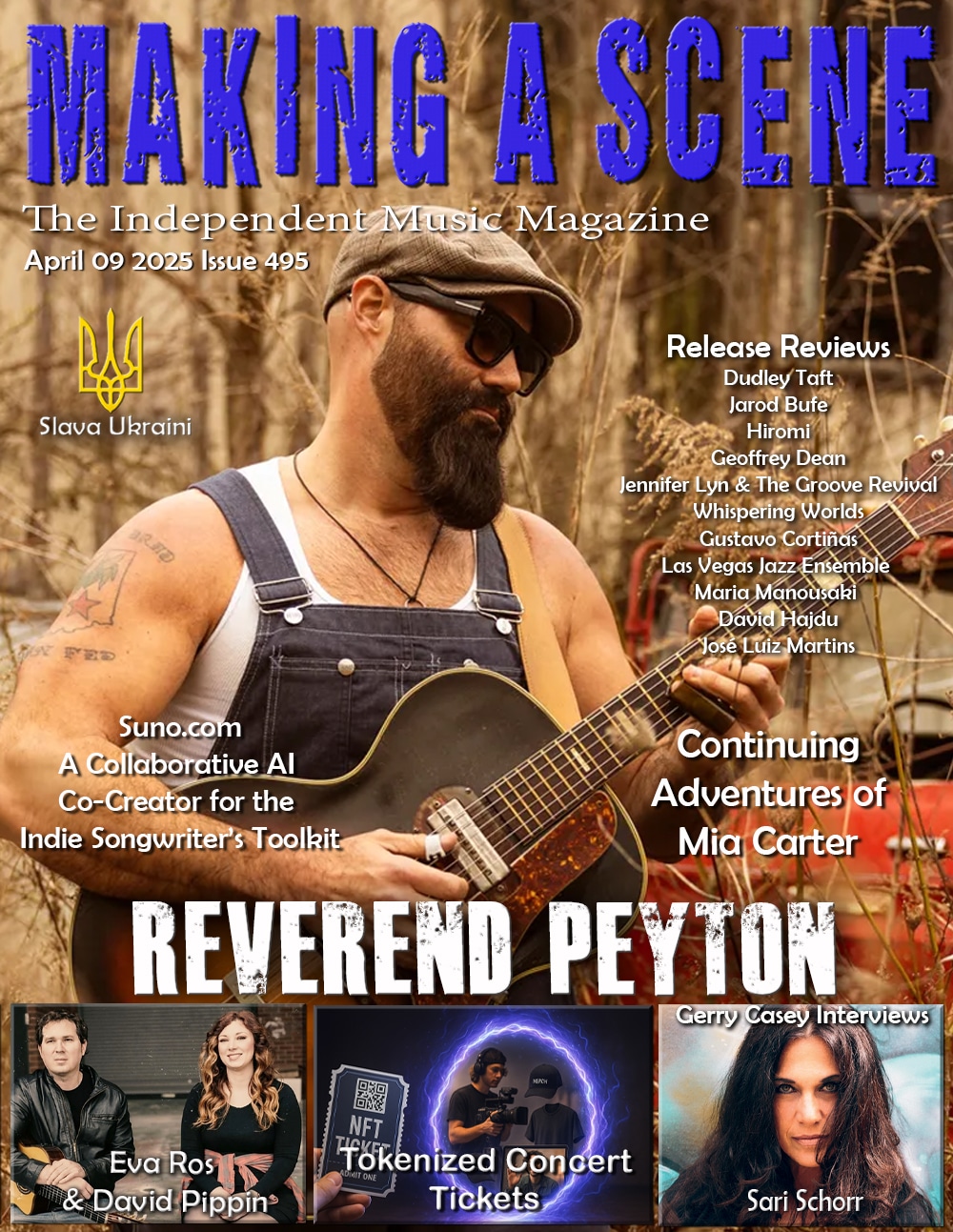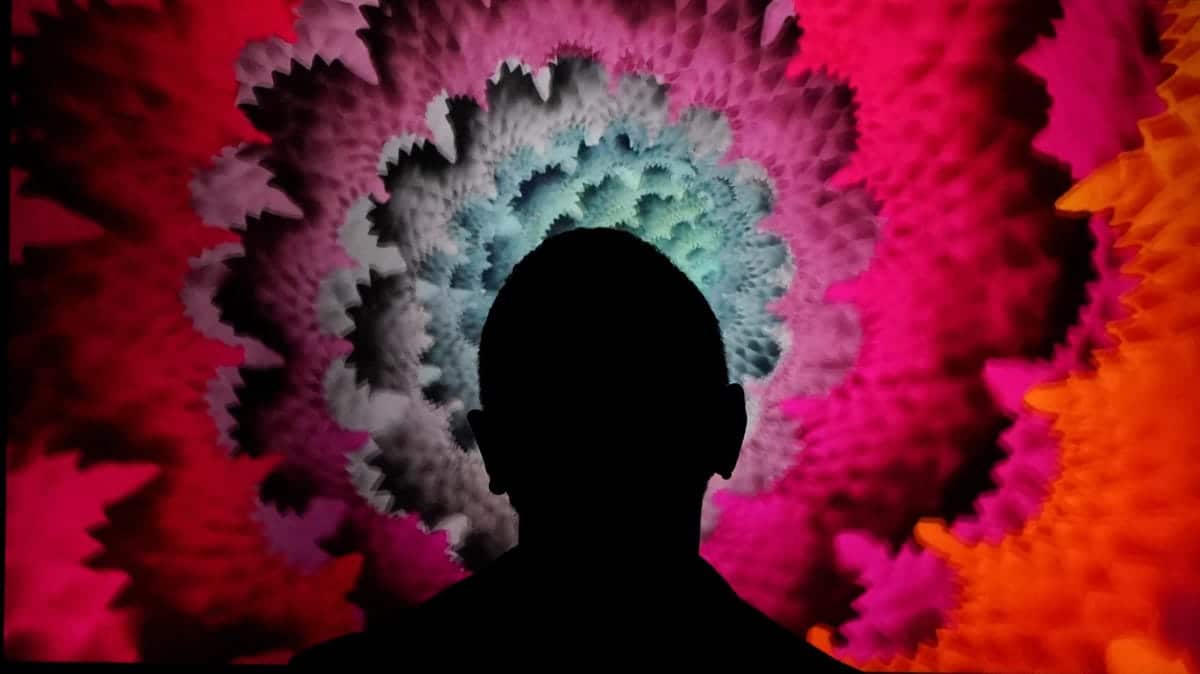NFTs for Independent Artists – Head scratcher or game changer – A Musicians Journey
NFTs for Independent Artists – Head Scratcher or Game Changer?
A Musicians Journey
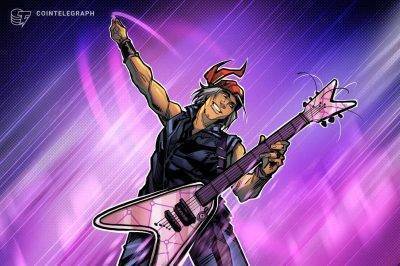 While preparing for a radio interview for a program aimed at independent musicians, I was forewarned that the host would likely ask me about Non-Fungible Tokens (NFTs). NFTs are supposed to be the next big thing for independent musicians like me, but I had been avoiding the subject, since it’s highly technical and drowning in jargon like “blockchain,” “smart contracts,” “distributed ledgers,” and “bonding curves.” Even the name “Non-Fungible Token” is off-putting. Why should musicians even care to learn about it? All I ever wanted to do was to write songs and perform them at a few gigs!
While preparing for a radio interview for a program aimed at independent musicians, I was forewarned that the host would likely ask me about Non-Fungible Tokens (NFTs). NFTs are supposed to be the next big thing for independent musicians like me, but I had been avoiding the subject, since it’s highly technical and drowning in jargon like “blockchain,” “smart contracts,” “distributed ledgers,” and “bonding curves.” Even the name “Non-Fungible Token” is off-putting. Why should musicians even care to learn about it? All I ever wanted to do was to write songs and perform them at a few gigs!
Anyway, not wanting to seem like a Luddite, I decided to school myself about NFTs. After some study, I concluded that an NFT serves the same function as a portable flash drive on which can be stored files like digital art, mp3s, video game items, documents, and other digital goods or links. Assuming that any of those stored digital files are rare or unique, the flash drive itself could become valuable.
But if NFTs are simply like flash drives, why do we need them? The answer is that NFTs are created using blockchain technology – like cryptocurrency – that provides a failsafe way to prove ownership of a particular digital asset and assure it cannot be altered. In contrast, the contents of a flash drive can be easily altered, and absolute ownership by any one person would be fairly difficult to prove. By imbedding that same information on an immutable blockchain, proof of ownership and identity of the contents are secure.
To see the implications, let’s say that NFTs existed back in 1952 and the Topps Candy Company minted a Micky Mantle rookie year baseball trading card not on cardboard but using an NFT. Would it today be seen as a valid collectible worth $5.2 million, just like the cardboard version? Many NFT boosters would answer yes, and that’s what has helped set off the NFT gold rush we’ve seen in the past year.
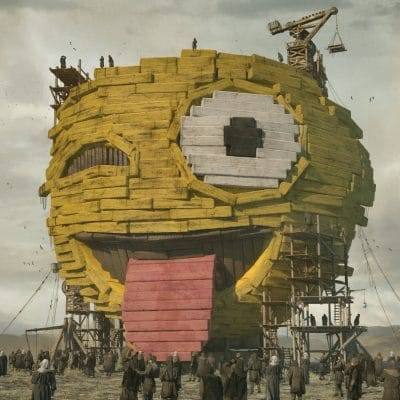 According to Chainalysis (a cryptocurrency research house), an estimated $41 billion was invested in 2021 to create new NFTs, and that amount is likely understated. That’s billions with a capital B – an amount almost as large as the entire world market for art and antiques in 2021, and more than 3 times the music industry’s total 2021 revenues for streaming, CDs, vinyl, and digital and customized radio services, combined.
According to Chainalysis (a cryptocurrency research house), an estimated $41 billion was invested in 2021 to create new NFTs, and that amount is likely understated. That’s billions with a capital B – an amount almost as large as the entire world market for art and antiques in 2021, and more than 3 times the music industry’s total 2021 revenues for streaming, CDs, vinyl, and digital and customized radio services, combined.
The vast majority of those NFT investments so far have been in digital art, rather than music. But since music, like art, can be digitized, those eye-popping investments have grabbed the attention of many in the music industry. Depending on who you listen to, NFTs are poised to revolutionize the industry by opening up a new revenue source for musicians that will reduce their reliance on stingy streaming companies, touring, and record label payouts. On the flip side, others say NFTs are just a fad generated by the current over-the-top infatuation with cryptocurrency and will soon confirm P.T. Barnum’s observation that there’s a sucker born every minute.
Some recent attention-grabbing NFTs include one by Twitter founder Jack Dorsey who just auctioned off an NFT that links to a jpeg of his very first Tweet for $2.9 million. Another recent NFT sale that astonished even its creator (Mike Winkelmann, an artist also known as Beeple) was Christie’s auction of his NFT-linked jpeg art entitled “Everydays” for $69 million. What did the purchasers get for those millions? In the case of Dorsey’s Tweet, the purchaser received a certificate of authenticity signed by Dorsey’s @handle, but no copyright or commercial rights for the Tweet’s image were included. In the case of Beeple’s $69 million jpeg, the purchaser also seemingly did not get much – just a link to the file and some vague language about display rights.
Could these simple jpeg files actually be worth that much? It’s common wisdom that the fair market value for any item is the price agreed to by a willing buyer and a willing seller. That’s an economic fact but examples like the above have left some people questioning whether NFT sales at such astronomical prices can form the basis for a sustainable economic model.
If you were to buy the Mona Lisa, you would get a one-of-a-kind physical painting, with the original brushstrokes and pigments carefully applied by the great Leonardo DaVinci himself over 500 years ago. With a digitized piece of art or music, you get something that can be duplicated exactly digit-for-digit and is likely already widely shared on the internet, and can be downloaded anytime by anyone simply by right-clicking the image and hitting Save As. In essence, these NFT purchasers got bragging rights but not much exclusivity. It should be noted that NFTs do not actually contain any digital files – rather they contain a link to files that are stored somewhere else, a setup that raises a host of access and security issues.
Despite these questions, many recent NFT offerings have been remarkably successful and have naturally opened the floodgates to digital offerings by numerous other artists looking to cash in on the current craze – some excellent and some showing questionable talent – but most priced far higher than one might think considering that all you get is a link to file.
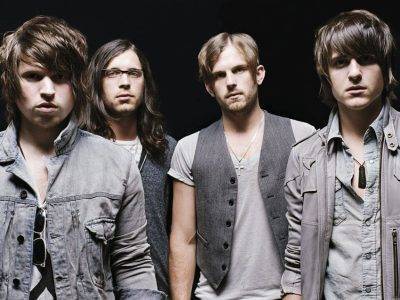 In the music realm, one of the earliest NFTs was created by the Kings of Leon who sold tokens for $50 each that provided a download link for their latest album, artwork and access to a limited vinyl edition, along with entry in a lottery to win VIP concert seats and other perks. The band also sold high-roller level NFTs (so-called golden tickets) that included a lifetime pass for the band’s concerts, guaranteed front row tickets and VIP treatment on every tour, and other perks. One of these “golden tickets” sold for about $160,000. The ones that did not sell were destroyed but altogether the Kings reportedly raked in some $2 million for these offerings.
In the music realm, one of the earliest NFTs was created by the Kings of Leon who sold tokens for $50 each that provided a download link for their latest album, artwork and access to a limited vinyl edition, along with entry in a lottery to win VIP concert seats and other perks. The band also sold high-roller level NFTs (so-called golden tickets) that included a lifetime pass for the band’s concerts, guaranteed front row tickets and VIP treatment on every tour, and other perks. One of these “golden tickets” sold for about $160,000. The ones that did not sell were destroyed but altogether the Kings reportedly raked in some $2 million for these offerings.
Taking a slightly different approach, André Allen Anjos (also known as RAC) released 100 NFTs linked to a cassette tape of his latest album BOY. Each token (known as $TAPE) could be redeemed for a physical copy of the tape. Since the auction, those tokens have changed hands for as much as $4800. Justin Blau also known as 3LAU auctioned for $11.6 million a collection of 33 NFTs that included tokens for vinyl records, unreleased music, special experiences and an opportunity for one token holder to collaborate with 3LAU on song creation.
Other recent random NFTs include Duran Duran auctioning 100 images taken from its AI-created video for the song Invisible; Whitney Houston’s estate auctioned for $1 million a “never-before heard” demo track she recorded when she was 17 years old, along with a digital art video; Mick Jagger joined with Foo Fighter Dave Grohl to benefit a charity with an NFT auction of a new song coupled with 3D art by Oliver Latta (who goes by the name Extraweg); and Grimes made $5.8 million with some of her artwork NFTs that sold out in less than 20 minutes.
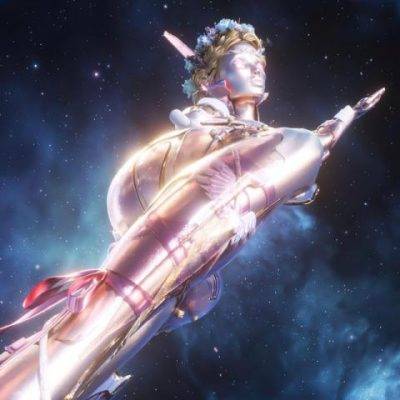 Those transactions are fascinating but an even more intriguing idea is now evolving, which takes advantage of the NFT’s ability to execute “smart contracts,” which are simple if/then contracts imbedded in the token that run when certain preset criteria are met. Using these, the creator of an NFT might automatically get a commission on subsequent resales. In that same vein, multi-platinum recording artist, Pia Mia, auctioned an NFT collection in December that included not just her new song “Whole Thing” and artwork by Ben Ditto, but also 10% of the master royalty for that song. 3LAU recently gave tokens to 333 fans entitling them to 50% of the streaming rights to his latest song, “Worst Case.” As of this writing, 3LAU’s royalty-bearing NFTs are trading in the $5000-7000 range giving them an aggregate value of over $2 million.
Those transactions are fascinating but an even more intriguing idea is now evolving, which takes advantage of the NFT’s ability to execute “smart contracts,” which are simple if/then contracts imbedded in the token that run when certain preset criteria are met. Using these, the creator of an NFT might automatically get a commission on subsequent resales. In that same vein, multi-platinum recording artist, Pia Mia, auctioned an NFT collection in December that included not just her new song “Whole Thing” and artwork by Ben Ditto, but also 10% of the master royalty for that song. 3LAU recently gave tokens to 333 fans entitling them to 50% of the streaming rights to his latest song, “Worst Case.” As of this writing, 3LAU’s royalty-bearing NFTs are trading in the $5000-7000 range giving them an aggregate value of over $2 million.
Hand-in-glove with the explosive growth of NFTs, we’ve seen the emergence of numerous online marketplaces – such as Opensea, Rarible, and Nifty Gateway – where people can create, showcase, buy and sell their NFTs. There are now dozens of such marketplaces with an aggregate annual trading volume in the tens of billions of dollars. Meanwhile, new types of cryptocurrencies are being launched at the rate of one per day.
For musicians, one conclusion that can be drawn from all this is that to be successful, an NFT must have some element of collectability, i.e., some scarcity, rarity, or baked-in benefit, that combines ownership with exclusivity. We do not see successful music-only NFTs, i.e., those that link solely to stand-alone digital mp3 files, precisely because mp3s are not scarce. Consider that the goal of every musician is to have their music become ubiquitous – broadcast on the radio, streamed on numerous playlists, danced to in clubs, downloaded, synched, listened to on CDs and anywhere else a song can be played. It’ll be hard to convince potential NFT buyers that an mp3 file is rare or collectible when it’s available everywhere.
Moreover, it wasn’t very long ago that the peer-to-peer file-sharing service Napster had 80 million registered users happily paying nothing to download music collections from other users, some of whom boldly proclaimed that music should be free. It’s going to take a lot of work and chutzpa to convince many of the same people to now pay substantial sums of money for an mp3 simply because it’s linked to an NFT that’s bundled with some artwork or a t-shirt. This may change if clever marketers can somehow tweak an mp3 to convey rarity such as by indelibly marking one as an “original file” or a “limited edition,” assuming that the marketplace will value such things. But at the moment one mp3 pretty much looks like another – unless of course it’s bundled with a bunch of other unique goodies or the promise of royalties.
A second conclusion is that average working musicians should not think that by minting an NFT it will suddenly start raining money. The headline-making NFTs yielding big bucks for their creators are pretty much the province of very successful multi-platinum Grammy winning artists, with hundreds of thousands of followers and very high profiles. These are not the common folk of the music world. Sure, lower-level artists can and will issue NFTs but stripped of all the technobabble, these more likely resemble GoFundMe campaigns, where fans support their favorite local artist by swapping dollars for t-shirts and memorabilia, except those benefits are linked to an NFT instead of a fulfillment house – basically old wine in a new bottle.
 This leads me to a third and perhaps less obvious takeaway, that many NFTs are being snapped up not by fans or supporters of a particular artist, but by investors and speculators. In a review of the overall NFT market, Chainalysis found that just 9 per cent of NFT owners held 80% of the market’s value, and many of those engage in flipping to turn quick profits. Cooper Turley, the Editor of DeFi Rate, observed with respect to RAC’s cassette $TAPE NFT, “Trading at $100 just 2 hours after its release, the $20 entry price was quickly purchased in heaps by speculators, with many buying upwards of 5-10 $TAPE at a time. This was the first signal that there was no intention for the vast majority of early buyers to redeem the product. In fact, roughly 50 of the 100 total tokens were scooped up in the first minute of the offering going live.”
This leads me to a third and perhaps less obvious takeaway, that many NFTs are being snapped up not by fans or supporters of a particular artist, but by investors and speculators. In a review of the overall NFT market, Chainalysis found that just 9 per cent of NFT owners held 80% of the market’s value, and many of those engage in flipping to turn quick profits. Cooper Turley, the Editor of DeFi Rate, observed with respect to RAC’s cassette $TAPE NFT, “Trading at $100 just 2 hours after its release, the $20 entry price was quickly purchased in heaps by speculators, with many buying upwards of 5-10 $TAPE at a time. This was the first signal that there was no intention for the vast majority of early buyers to redeem the product. In fact, roughly 50 of the 100 total tokens were scooped up in the first minute of the offering going live.”
Finally, most of the artists who are pioneering the use of NFTs are young, hip and tech-savvy, which is also true of their fans. Given that demographic, it’s no surprise that genres like pop, EDM, dubstep, house, electro-pop, hip-hop are disproportionately overrepresented in the most successful NFT drops. Conversely, more traditional genres – blues, classic rock and country, for example – have not been on the cutting edge of the NFT boom. This has implications for old school artists who appeal to an older less tech-savvy demographic who may be more skeptical of NFTs and unwilling to tackle the technicalities of purchasing them.
Looking ahead, if we want to peer further down the NFT rabbit hole, we may see a future where many of us are supposed to be sitting around in virtual reality headsets, hanging out in virtual nightclubs, and using crypto to buy and sell NFT-based assets including virtual real estate where we display our NFT art and listen to our NFT music. That may sound like something out of the Matrix but for some it’s already here. In one online virtual world known as Sandbox, Snoop Dogg is building a virtual replica of his luxurious California home where fans can come and hang out, and someone else just paid $450,000 for some virtual land in Snoop’s vicinity.
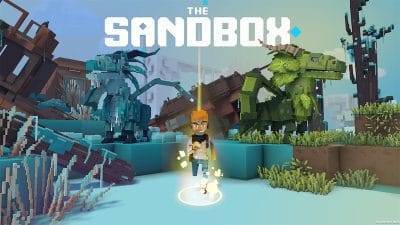 The Sandbox will be even more crowded in the future due to companies like Adidas that purchased 144 parcels as a platform from which to market digital and physical wearables. Meanwhile Warner Music is planning a virtual music theme park where its artists can “hang out” and mix with fans, to be accompanied by a sale by Sandbox of adjacent parcels for music fans. Elsewhere, a virtual real estate developer recently put up $2.5 million to purchase a parcel in Decentraland, another virtual world. The digital asset manager company Grayscale estimates that the entire virtual real estate market may be worth more than a trillion dollars and I personally think that’s what this whole game is about – NFTs are a gateway drug that will hook people into a plethora of virtual realms that generally come under the heading of the metaverse.
The Sandbox will be even more crowded in the future due to companies like Adidas that purchased 144 parcels as a platform from which to market digital and physical wearables. Meanwhile Warner Music is planning a virtual music theme park where its artists can “hang out” and mix with fans, to be accompanied by a sale by Sandbox of adjacent parcels for music fans. Elsewhere, a virtual real estate developer recently put up $2.5 million to purchase a parcel in Decentraland, another virtual world. The digital asset manager company Grayscale estimates that the entire virtual real estate market may be worth more than a trillion dollars and I personally think that’s what this whole game is about – NFTs are a gateway drug that will hook people into a plethora of virtual realms that generally come under the heading of the metaverse.
It’s obvious that NFTs have been successful and profitable for some big-name entertainers in the recent past. It also seems obvious – to me anyway – that the market for NFTs is experiencing irrational exuberance and driven by speculation, with some folks paying tens of millions of dollars for digital files that can be had for nothing, through simple expedient of “right click and SAVE AS.” It also may soon be saturated.
So, what happened to my radio interview? It turns out that my conversation with the host pretty much focused on live music, studio recording and songwriting, so we never got to the subject of NFTs, and that’s pretty much the story for most of the musicians I know who also have not gravitated to the subject. In fact, there’s probably more interest in exploiting the 70-year old technology of vinyl than there is in embracing NFTs which appear to offer very little value for money to purchasers and performers alike – except for wealthy speculators and Grammy winners.
by JON SPEAR
Nominated for the prestigious 2016 Blues Blast Magazine award for best Live Blues Recording, the Jon Spear Band performs regularly in the mid-Atlantic area where it has entertained appreciative audiences at numerous outdoor festivals, clubs, and other popular venues since 2012. Known for their award-winning original songs, red-hot live shows, and unique arrangements of blues standards, the band’s first two CDs charted in the US, France, UK and Spain, including the annual top 100 Roots Music Report Contemporary Blues Chart for the past two consecutive years. The band’s latest CD, Hot Sauce, has appeared on the top 50 blues charts in the US, France, UK and Australia. The band’s debut CD “Old Soul” was a 2016 WAMMIE nominee for best Blues/Traditional R&B Recording (Washington Area Music Association). Base in Central Virginia, the band’s members are Jon Spear (guitar and vocals), Andy Burdetsky (bass), John Stubblefield (drums) and Dara James (lead vocals and guitar plus harmonica)
Buy Us a Cup of Coffee!
Join the movement in supporting Making a Scene, the premier independent resource for both emerging musicians and the dedicated fans who champion them.
We showcase this vibrant community that celebrates the raw talent and creative spirit driving the music industry forward. From insightful articles and in-depth interviews to exclusive content and insider tips, Making a Scene empowers artists to thrive and fans to discover their next favorite sound.
Together, let’s amplify the voices of independent musicians and forge unforgettable connections through the power of music
Make a one-time donation
Make a monthly donation
Make a yearly donation
Buy us a cup of Coffee!
Or enter a custom amount
Your contribution is appreciated.
Your contribution is appreciated.
Your contribution is appreciated.
DonateDonate monthlyDonate yearlyYou can donate directly through Paypal!
Subscribe to Our Newsletter
Discover more from Making A Scene!
Subscribe to get the latest posts sent to your email.





































